[ESP/ENG] Tonificando con Pilates Reformer PARTE I / Toning with Pilates Reformer PART I
13
About :
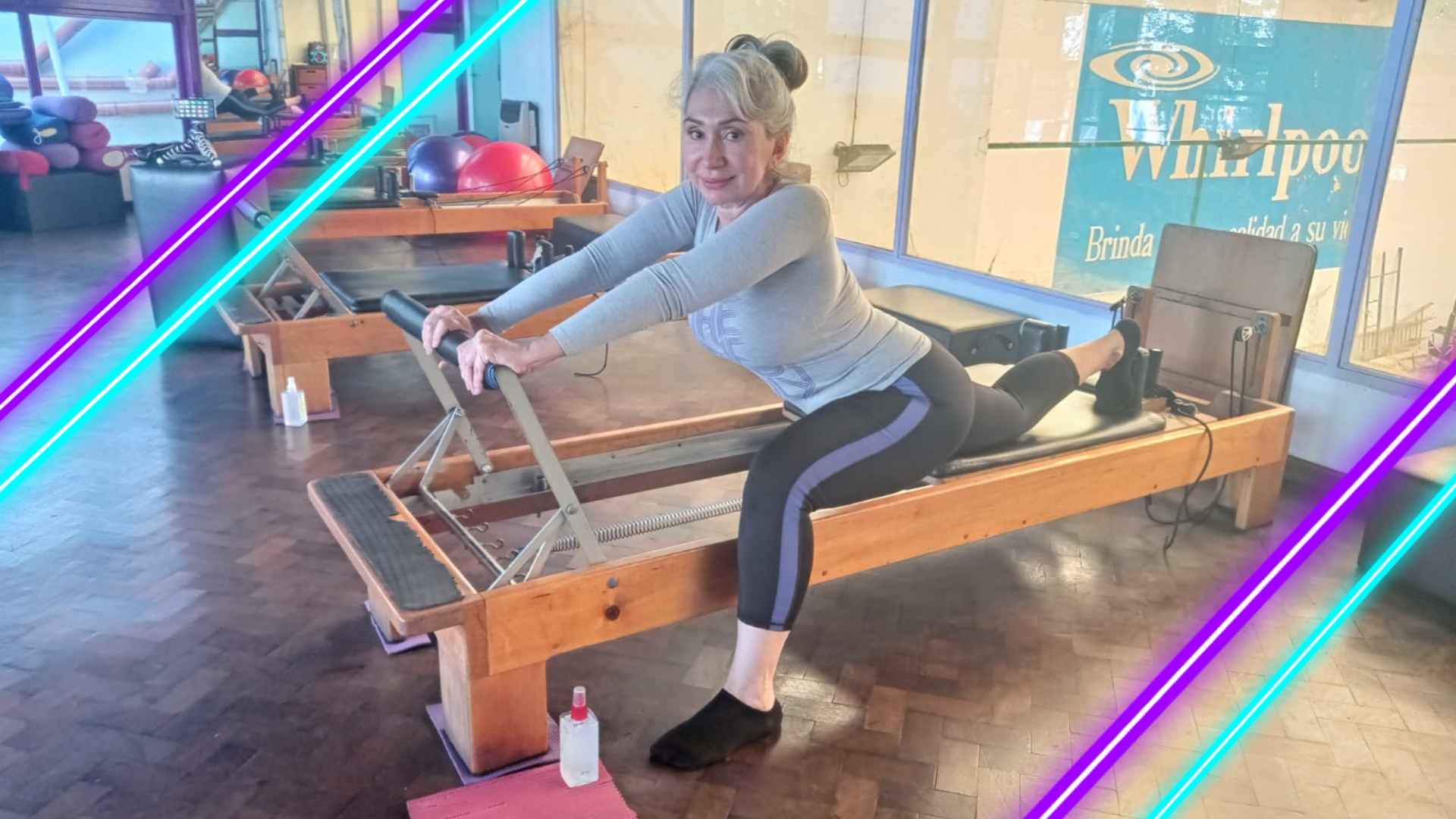
Con esta clase de Pilates Refomer tonificas desde el cerebro hasta los pies, más adelante te digo el porqué. La clase tiene una duración de 45 minutos, por lo cual la compartí en dos partes… El pilates como muchos saben, es un método de ejercitación física creado por Josef Pilates a principios del siglo XX y consiste en la Contrología como fue llamado inicialmente éste método, y no es más que el control que se tiene del Core o mansión del poder, a través de la respiración intercostal.
Este método es integral ya que no se habla de grupos musculares sino de un todo… cuando por ejemplo estas ejercitando las piernas, en ese movimiento se integran los músculos del core, de los glúteos, gemelos, isquiotibiales entre otros… hasta el cerebro entra en funcionamiento porque al recibir la orden de movimiento de alguna parte del cuerpo, se activan los reflejos.
Es adaptable porque lo puede realizar cualquier persona a cualquier edad, independientemente de sus condiciones físicas, recuerden que este método Josef lo fue mejorando al ir aplicándolo a heridos y personas mutiladas provenientes de los campos de batalla de la primera guerra mundial y lo perfecciono dándoles clases a los bailarines de los teatros de New York, de allí viene la icónica posición primera de Pilates, que es colocar los pies en una V juntando los talones, muy usada en el baile clásico.
Tiene conciencia postural, respiratoria, esfuerzo concentrado y creativo. En este contexto el método Pilates es un excelente corrector postural, al tener conciencia permanente de la respiración, tiene como consecuencia la alineación de la columna y el control del Core. En Pilates no es necesario realizar series repetitivas de un ejercicio, ya que, al tener el control de la respiración, del Core y conocer la ejecución del ejercicio, el movimiento va a fluir con esfuerzo concentrado, creativo y armonioso.
Con 7 a 10 repeticiones de cada ejercicio es suficiente. Aquí el eslogan es: Calidad antes de cantidad y velocidad.
With this Pilates Refomer class you tone up from your brain to your feet, I'll tell you why later on. The class has a duration of 45 minutes, so I shared it in two parts... Pilates as many know, is a method of physical exercise created by Josef Pilates in the early twentieth century and consists of Contrology as it was initially called this method, and is nothing more than the control you have of the Core or mansion of power, through intercostal breathing.
This method is integral because it does not speak of muscle groups but of a whole ... when for example you are exercising the legs, in this movement the muscles of the core, buttocks, calves, hamstrings and others are integrated ... even the brain comes into operation because when receiving the order of movement of any part of the body, reflexes are activated.
It is adaptable because it can be performed by any person at any age, regardless of their physical conditions, remember that this method was improved by Josef Josef when applying it to wounded and maimed people from the battlefields of the first world war and perfected it by giving classes to the dancers of the theaters of New York, from there comes the iconic first position of Pilates, which is to place the feet in a V by putting the heels together, widely used in classical dance.
It has postural awareness, breathing, concentrated and creative effort. In this context the Pilates method is an excellent postural corrector, having permanent awareness of breathing, resulting in the alignment of the spine and core control. In Pilates it is not necessary to perform repetitive series of an exercise, since, by having control of the breathing, the Core and knowing the execution of the exercise, the movement will flow with concentrated, creative and harmonious effort.
With 7 to 10 repetitions of each exercise is enough. Here the slogan is: Quality before quantity and speed.

Ejercicios del 1 al 5:
Esta serie de ejercicios duran 10 minutos y son útiles para realizar la entrada en calor al iniciar la sesión,
Es muy importante que incorpores la técnica correcta de estos ejercicios, ya que servirán como base para realizar todo el resto del método.
Los empujes en la barra se pueden realizar con variados tipos de apoyos.
Si observas bien, te das cuenta que cada cierto tiempo cambio el apoyo de los pies sobre la barra y con cada posición de los ellos, la posición de la pierna, cadera y columna también se altera. Por lo que con cada una de estas posiciones el trabajo muscular será diferente.
Es importante tratar de utilizar todos los apoyos y las diferentes posiciones, así nos aseguramos que el trabajo muscular sea lo más completo posible.
Al variar los apoyos también produciremos un estímulo propioceptivo mucho más rico.
Exercises 1 to 5:
This series of exercises last 10 minutes and are useful for warming up at the beginning of the session,
It is very important that you incorporate the correct technique of these exercises
It is very important that you incorporate the correct technique for these exercises, as they will serve as the basis for the rest of the method.
The barbell pushes can be performed with various types of supports.
If you observe well, you will notice that every so often I change the support of my feet on the bar and with each position of my feet on the bar.
the bar and with each position of the feet, the position of the leg, hip and spine also changes.
also changes. So with each of these positions the muscular work will be different.
different.
It is important to try to use all the supports and the different positions, in order to make sure that the muscular work will be as good as possible.
the muscular work will be as complete as possible.
By varying the supports we will also produce a much richer proprioceptive stimulus.
⭐ Apoyo del metatarso del pie:
Características:
-Este tipo de apoyo aumenta la contracción de gemelos. Lo que favorece el estímulo para el retorno venoso.
- Debemos prestar atención cuando se realiza la extensión de las piernas, ya que también aumenta la lordosis lumbar, para mantener la columna en neutro se debe aumentar el trabajo abdominal (o ayudar con una retroversión de la pelvis).
- Es más inestable.
- Nos permite realizar ejercicios utilizando la articulación del tobillo.
⭐ Apoyo del arco del pie:
Características:
- Es más estable
⭐ Apoyo de talón.
- Estos apoyos de los pies: Metatarso, plantar y de Talón, se pueden realizar en diferentes
- partes de la barra :
- Pies en el centro de la barra y separados ancho de cadera
- Pies en el centro de la barra y separados ancho de hombros
- Pies apoyados en el extremo de la barra con apoyo de los dedos
- Pies apoyados en extremo de la barra con apoyo de los talones
- En los extremos de la barra con rotación externa y apoyo de talones, con rotación
- interna y apoyo de puntas
- En primera posición con apoyo de puntas; Primera posición con apoyo de talones.
⭐ Metatarsal foot support:
Characteristics:
-This type of support increases calf contraction. Which favors the
stimulus for venous return.
- We must pay attention when performing the extension of the legs, as it
also increases the lumbar lordosis, to keep the spine in neutral, we must increase the abdominal work (or help the abdominal work).
increase abdominal work (or help with a retroversion of the pelvis). - It is more unstable.
- It allows us to perform exercises using the ankle joint.
⭐ Arch support of the foot:
Characteristics:
- It is more stable.
⭐ Heel support.
- These foot supports: Metatarsal, plantar and heel, can be performed in different parts of the bar.
- parts of the bar:
- Feet in the center of the bar and hip width apart.
- Feet in the center of the bar and shoulder width apart.
- Feet resting on the end of the bar with toe support
- Feet resting on end of bar with heel support
- At the end of the bar with external rotation and heel support, with internal rotation and toe support
- internal rotation and toe support
- In first position with toe support; First position with heel support.
Desde afuera cualquier observador diría que son ejercicios muy tranquilos y aburridos donde en apariencia no se realiza ningún esfuerzo, pero no es así. Al tener control de la respiración, la fuerza de los empujes sale de la parte media de tu cuerpo que va desde los músculos del cuello hasta los músculos de la base de tu columna vertebral, lo que hace que sientas la tensión, contracción, la coordinación y la elasticidad del grupo muscular que estas ejercitando.
Es importante que todo el tiempo mantengas las palmas de las manos a los lados del cuerpo, esto hace que tus escapulas permanezcan bien colocadas sobre la cama lo que mantendrá abierto tu pecho. Poco a poco te acostumbraras a tener las escapulas hacia atrás, lo cual cuando estés en posición erguida notaras como mejora la alineación de tu columna y por ende tu postura.
From the outside any observer would say that these are very quiet and boring exercises where apparently no effort is made, but this is not the case. By having breath control, the force of the thrusts comes from the middle part of your body that goes from the neck muscles to the muscles at the base of your spine, which makes you feel the tension, contraction, coordination and elasticity of the muscle group you are exercising.
It is important that all the time you keep your palms on the sides of your body, this makes your scapulae remain well positioned on the bed which will keep your chest open. Little by little you will get used to having your scapulae backwards, which when you are in an upright position you will notice how the alignment of your spine improves and therefore your posture.

Ejercicio 6 al 12
Decúbito dorsal, MMSS extendidos a los costados del tronco (apoyados sobre la camilla), cabeza y cuello en la línea media. Ambos MMII flexionados a 90° (caderas y rodillas).
Pies en flexión plantar sosteniendo las bandas.
⭐Ejecución:
- Inspira en posición inicial, comienza a exhalar extendiendo las piernas hasta llegar a la barra. Mantiene la posición hasta terminar de exhalar. Regresa a posición inicial inspirando.
- En decúbito dorsal: durante la flexión de cadera no debe perder contacto el sacro y la zona glútea con la camilla; en la extensión de cadera (cuando las piernas descienden) no debe perder contacto la zona lumbar.
- Los movimientos a realizar con este elemento involucran en casi todos los
ejercicios la articulación de la cadera, rodilla y tobillo, por lo que es importante la
alineación de estas tres articulaciones al realizar los movimientos. - Los ejercicios que implique la extensión de miembros inferiores hacia delante y abajo van a producir una anteversión pélvica, aumentando la curvatura lumbar, produciendo una carga excesiva en esta zona. Para evitarlo debemos tener en cuenta:
-Exhalar en el momento del empuje, realizando una contracción de abdominales. - Realizar una retroversión pélvica, exagerando el cuidado de la zona lumbar.
A medida que se adquiere un mayor control del movimiento, esta retroversión va disminuyendo,
hasta llegar a realizar el ejercicio en posición neutra.
-Se realizan ejercicios de coordinación y encadenamientos (diferentes movimientos en mismo ejercicio)
Exercise 6 to 12
Dorsal decubitus, MMSS extended to the sides of the trunk (resting on the stretcher), head and neck in the midline. Both MMII flexed at 90° (hips and knees).
Feet in plantar flexion holding the bands.
⭐Execution:
- Inhale in starting position, begin exhaling extending legs until reaching the bar. Hold the position until you finish exhaling. Return to starting position by breathing in.
- In dorsal decubitus: during hip flexion, the sacrum and the gluteal area should not lose contact with the stretcher.
the sacrum and the gluteal area with the stretcher; in hip extension (when the legs descend), the
the lumbar area should not lose contact with the stretcher. - The movements to be performed with this element involve the hip joint in almost all the exercises.
the hip, knee and ankle joints in almost all the exercises, so it is important the alignment of these three joints when performing the exercises.
alignment of these three joints is important when performing the movements. - Exercises involving the extension of the lower limbs forward and downward will produce an anteversion of the lower limbs.
down will produce a pelvic anteversion, increasing the lumbar curvature,
producing an excessive load in this area. To avoid this, we must take into account
Keep in mind: - Exhale at the moment of the thrust, performing a
Exhale at the moment of the push, making a contraction of the abdominals. - Perform a pelvic retroversion, exaggerating the care of the lumbar area.
the lumbar area.
As greater control of the movement is acquired, this retroversion
control of the movement, this retroversion decreases,
until the exercise is performed in a neutral position. - Coordination and chaining exercises are performed (different movements in the same exercise).

Ejercicio 13:
Estiramientos con bandas y elongación.
Exercise 13:
Stretching with bands and elongation.

Saludos a toda mi estimada y hermosa comunidad de Full Deportes, es un agrado para mi estar de nuevo con ustedes, ofreciéndoles el contenido de este apasionante tema para mí como es el método Pilates. El cual espero sea de su agrado. Esperando sus nutrientes comentarios, nos vemos en la Parte II de este contenido. !!Un gran abrazo cargado de bendiciones para ustedes!!
Greetings to all my dear and beautiful community of Full Deportes, it is a pleasure for me to be with you again, offering the content of this exciting topic for me as is the Pilates method. Which I hope will be to your liking. Waiting for your nutritious comments, see you in Part II of this content, a big hug full of blessings for you!!!
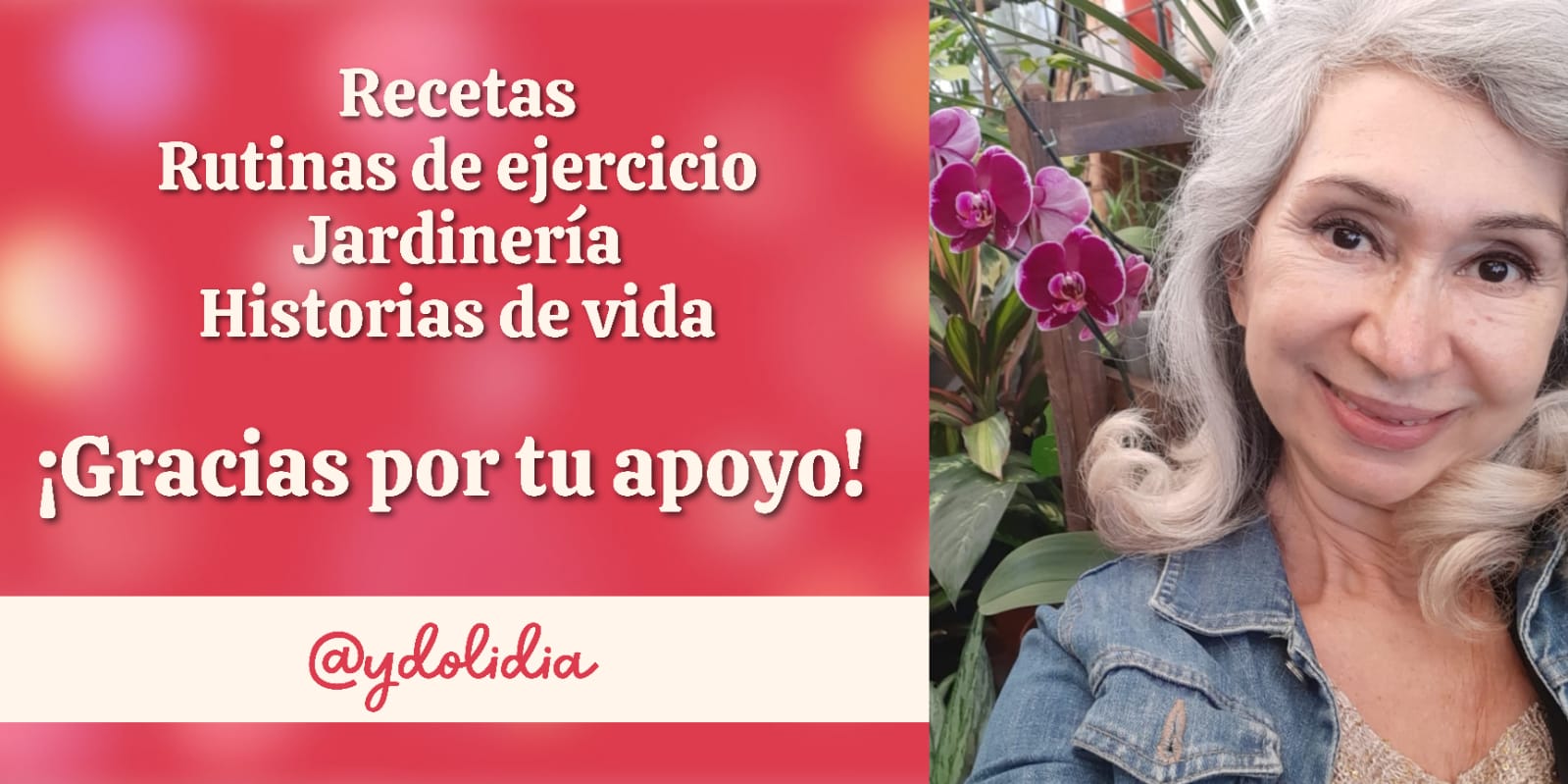

⭐ Photos: by me / Fotos: de mi autoría
⭐ Translation/Traducción: DeepL Translator
⭐ Editor: Canva & MiniTool MovieMaker
⭐Music/Música: source/fuente
⭐ Separator/ Separador: @breili
Tags :
Their limit for today is $0!
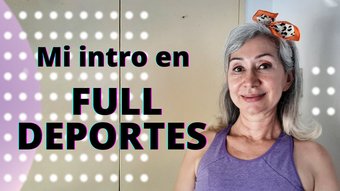



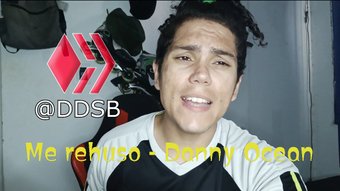



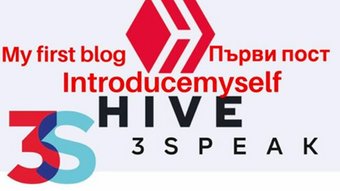







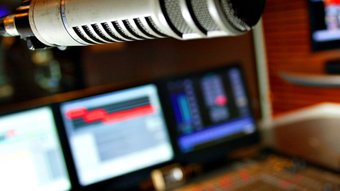
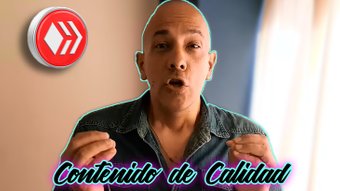
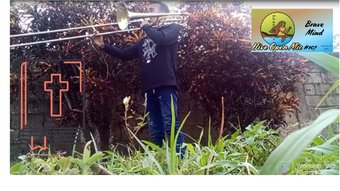

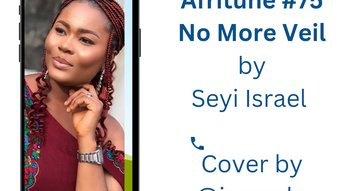
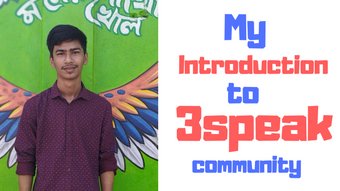


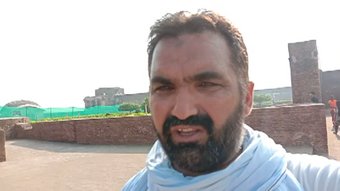



Comments:
Reply:
To comment on this video please connect a HIVE account to your profile: Connect HIVE Account